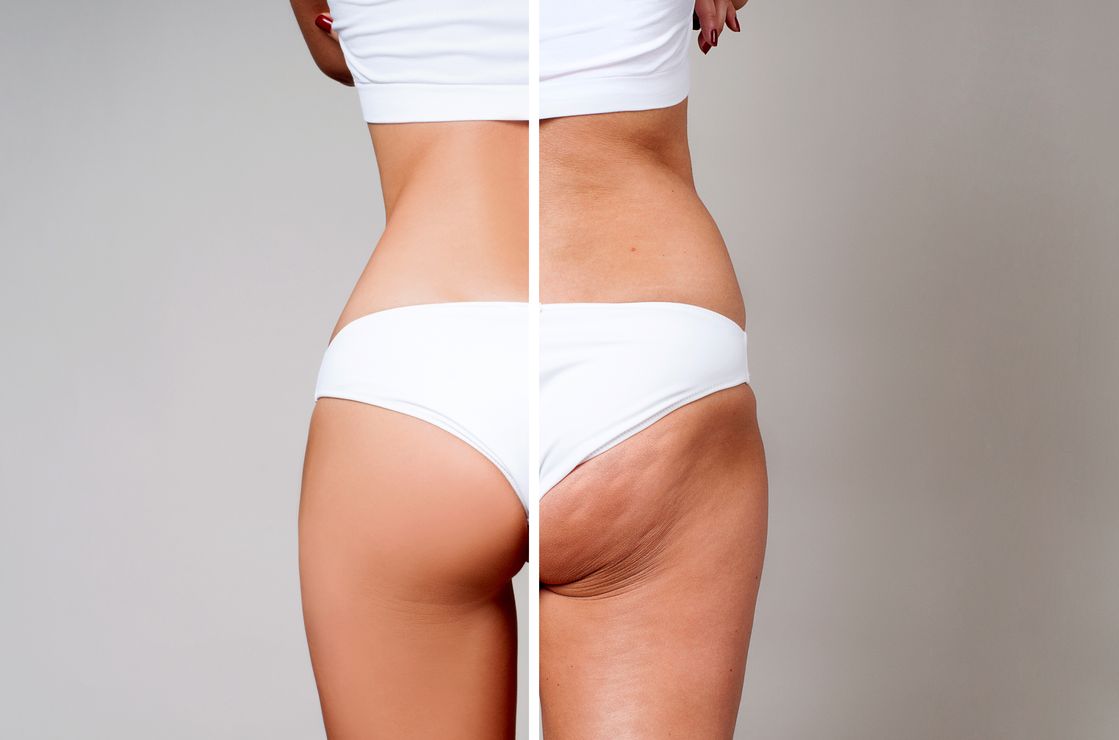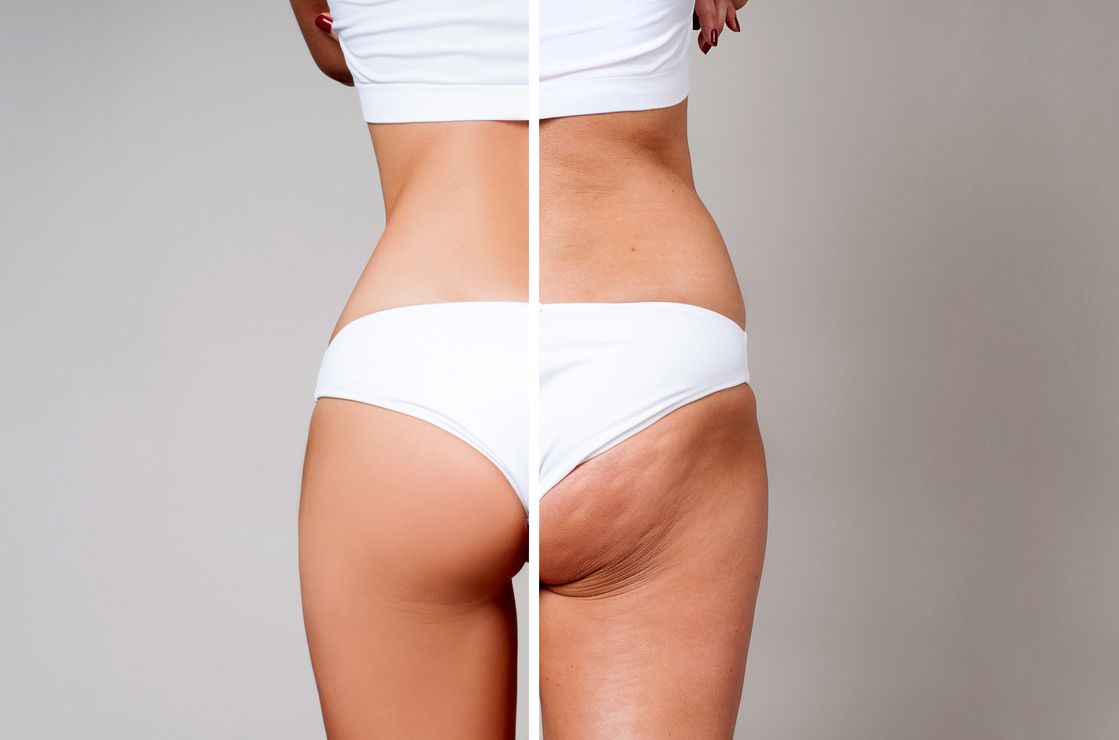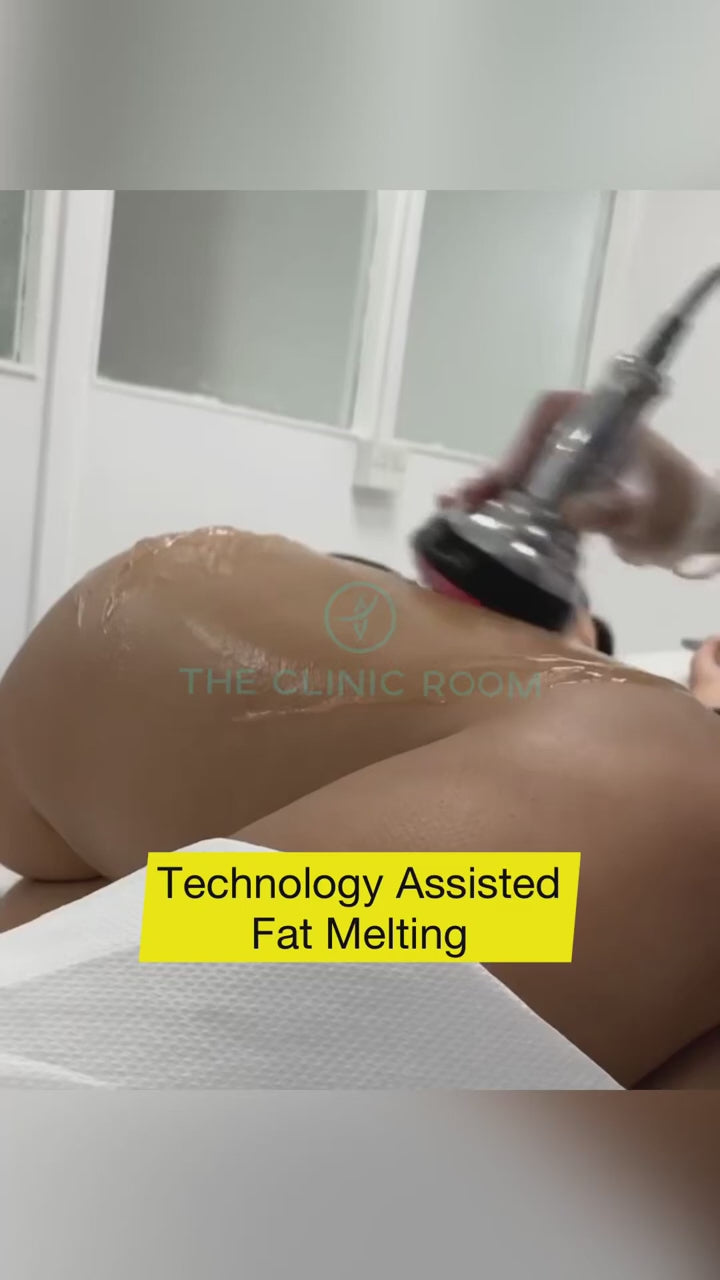The Clinic Room
Anti Cellulite
Anti Cellulite
Couldn't load pickup availability
Cellulite in the back of the thighs can be treated using our Cavitation protocol which helps to break down fat pockets to smooth out the skin. Treatment is completely painless and results are usually visible very quickly.
What is it?
What is it?
How does it work?
How does it work?

Frequently Asked Questions:
How long does the procedure takes?
Up to 1 hour
How long is recovery?
The recovery is instant.
How soon can I see the results?
The results will be visible after 1-8 weeks.
When can I return to work?
You can return to work immediately.
How long will the results last?
Long Term (dependent upon lifestyle)
Is there a need for anaesthesia?
Anaesthesia is not required.
Does it require needles?
Needles are not required.
How many treatments do I need?
The range differs between 4 and 8 treatments.
What are the risks?
Slight redness


